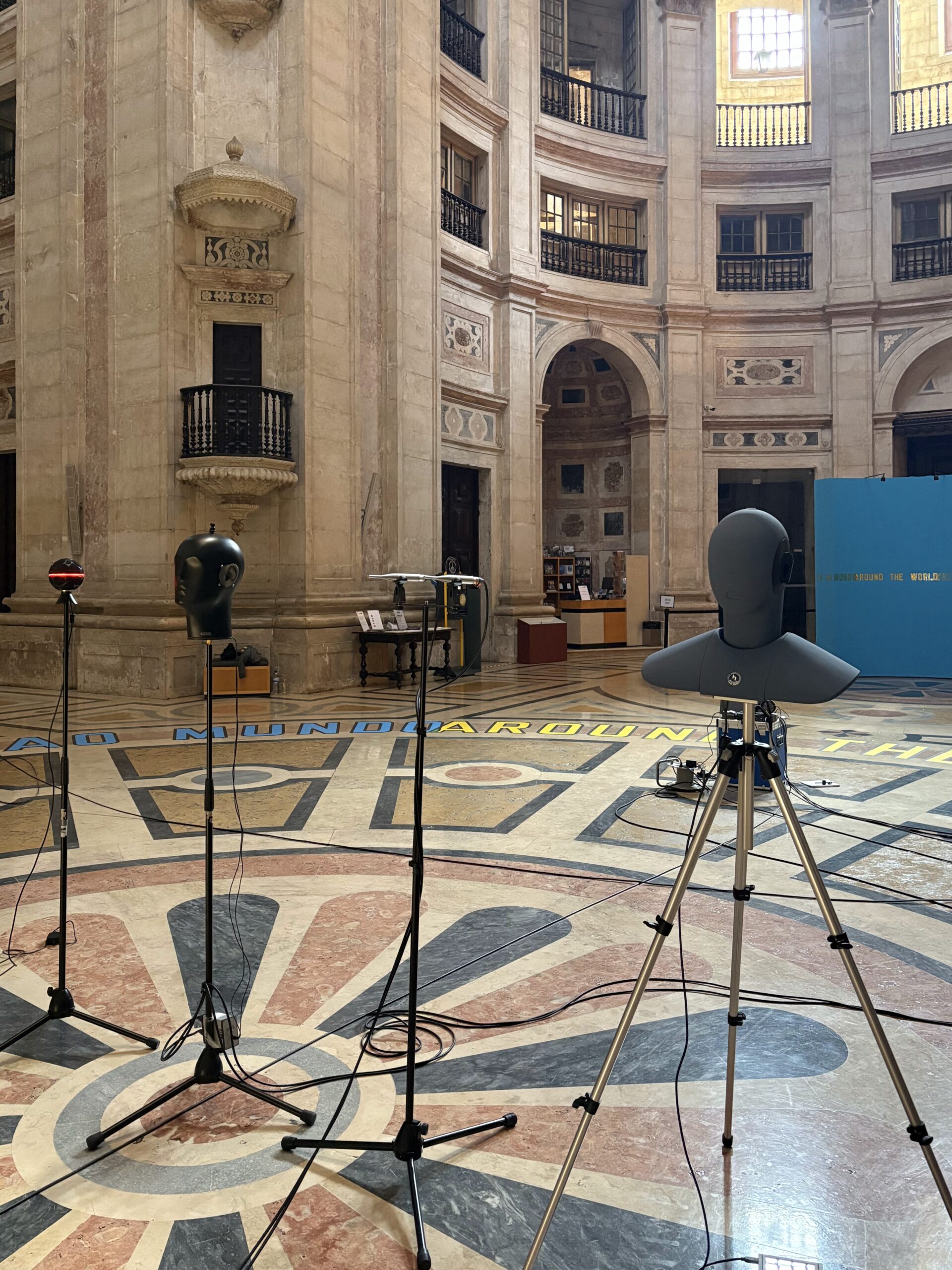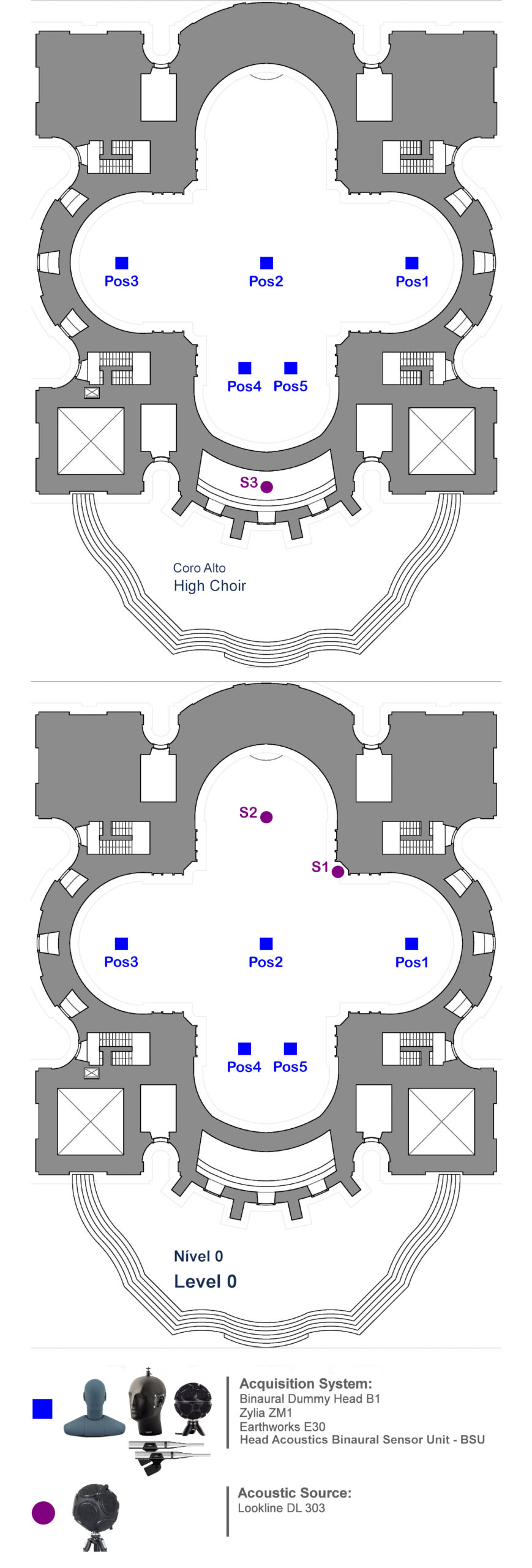National Pantheon – Church of Santa Engrácia

The Central Nave is characterized not only by its unusual proportions, but above all by its innovative design and the originality of its undulating walls — the first with such design tried in Portugal. The Church of Santa Engrácia – National Pantheon is a unique monument in Portuguese Baroque architecture. It is a building with a Greek cross plan, that is, defining a cross with four equal arms, with curved elevations marked at the corners by turrets.
In its interior, enlivened by magnificent, coloured marble decoration and topped by the majestic dome, which rises 50 meters high, are the cenotaphs of Nuno Álvares Pereira, Prince Henry the Navigator, Pedro Álvares Cabral, Afonso de Albuquerque, Vasco da Gama, and Luís de Camões. The High Choir is an amphitheatre-style space, once reserved for the singing of religious hymns. Its location affords a view of the central nave and its semi-domes, as well as the magnificent 18th-century historic organ that occupies the church’s high altar.
The Pantheon Church measures approximately 40 meters long by 40 meters wide (Greek cross), with a ceiling height of approximately 70 meters from the floor to the dome.
Main materials: marble.
Measurement points and source location
The sound source was placed in the southeast pulpit (S1), next to the high altar (S2), and in the high choir (S3). Acoustic acquisitions and recordings were made in five locations throughout the church, in the area designated for the faithful, in the nave.

